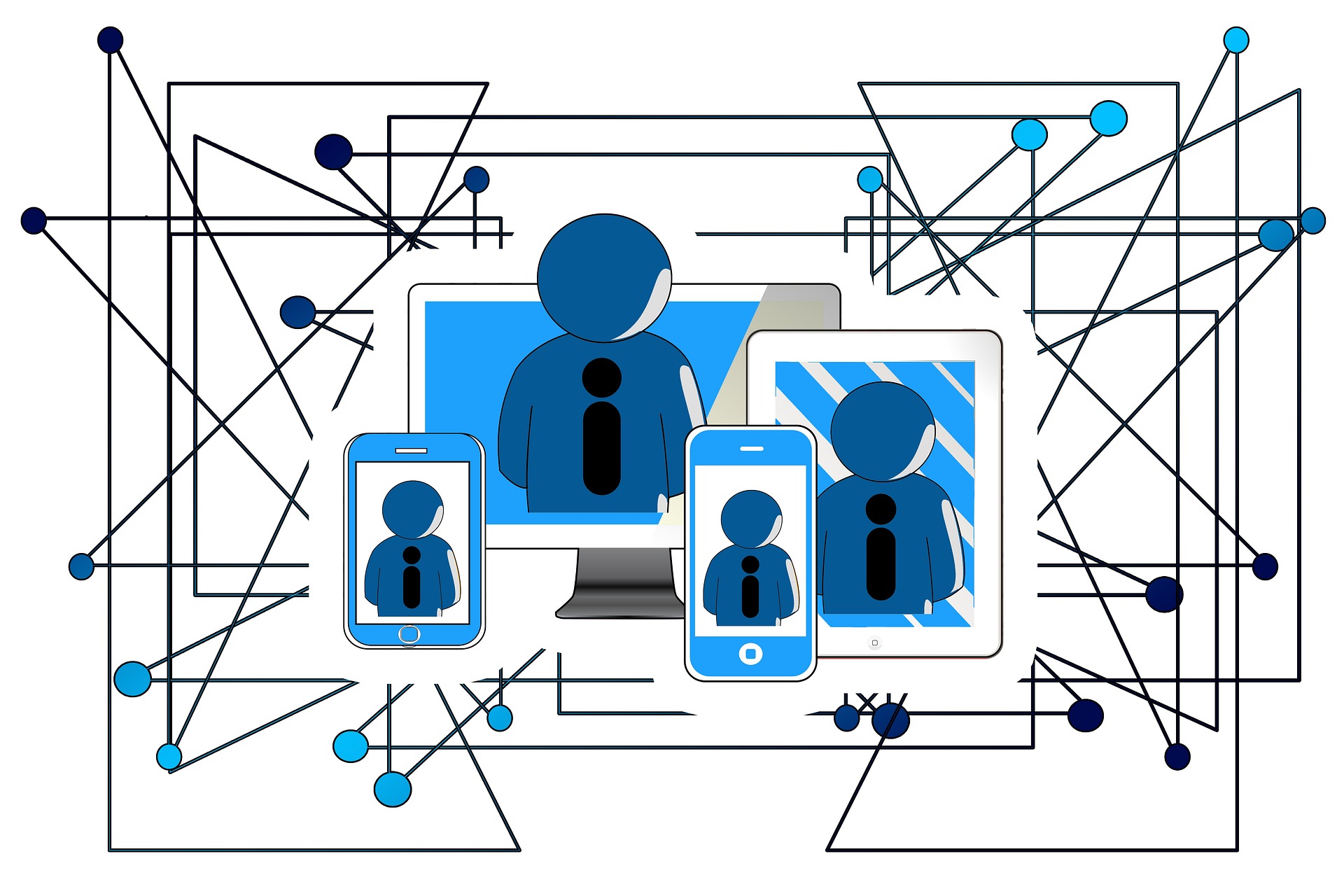Unraveling the Potential of Terrestrial Broadcasting in the Digital Age
The digital age has brought about a seismic shift in the way we communicate, consume media, and interact with the world. Amidst the buzz of high-speed internet and mobile connectivity, terrestrial broadcasting, an often-overlooked aspect of telecommunications, holds immense potential. This article delves into the evolution, current trends, and future prospects of terrestrial broadcasting in the digital era.

A Brief History of Terrestrial Broadcasting
Terrestrial broadcasting, the traditional method of delivering television and radio signals over the air, has a rich history. It began with the advent of radio broadcasting in the early 20th century, followed by television broadcasting in the mid-20th century. Despite the rise of satellite and cable TV, terrestrial broadcasting has remained a vital part of our media landscape, providing free-to-air services to millions of households worldwide.
The Digital Transformation of Terrestrial Broadcasting
The transition from analog to digital broadcasting has been a game-changer. Digital terrestrial television (DTT) offers superior picture and sound quality, more channels, and interactive services. It also allows for efficient use of spectrum, freeing up space for other services like mobile broadband.
Regulatory Changes and Industry Trends
Regulatory changes have played a significant role in shaping the terrestrial broadcasting landscape. The switch-off of analog TV signals, mandated by many governments, has accelerated the adoption of DTT. Meanwhile, the auctioning of freed-up spectrum (the so-called “digital dividend”) has sparked intense competition among telecom operators.
The Impact of Terrestrial Broadcasting on Connectivity
Terrestrial broadcasting plays a crucial role in ensuring universal access to information and entertainment. It is particularly important in regions where cable or satellite TV is not available or affordable. Moreover, it serves as a reliable source of news and emergency alerts, especially during natural disasters when other communication networks may fail.
Challenges and Future Prospects
Despite its advantages, terrestrial broadcasting faces challenges. The high cost of digital switchover and competition from online streaming services are significant hurdles. However, innovations like hybrid broadcasting, which combines over-the-air TV with internet services, could open up new possibilities.
In conclusion, terrestrial broadcasting, while often overshadowed by newer technologies, remains a vital part of our telecommunications ecosystem. Its evolution in the digital age, driven by technological advancements and regulatory changes, offers exciting opportunities for broadcasters, consumers, and society at large. As we navigate the digital future, it is essential to recognize and harness the potential of this enduring medium.





